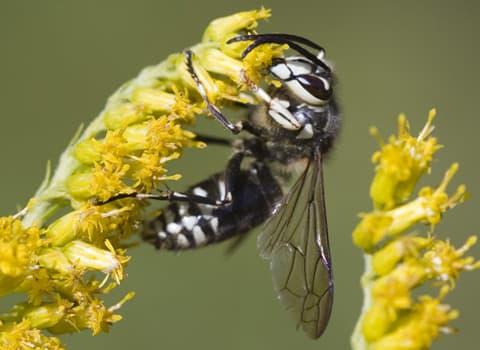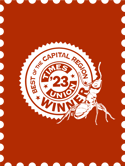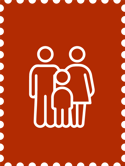
What do Hornets look like?
Bald-faced hornets get their name from the white pattern covering most of their face. The rest of their body is black. They have a long thin body, six legs and antennae. They are a large species with the adult workers growing up to approximately 5/8th of an inch in length, and queens grow even larger around ¾ to 1 inch in length.
Having trouble with Hornets?
Are bald-faced hornets really hornets?
No, they are not "true" hornets. Bald-faced hornets are called hornets because of their large size and because they build their paper nests up off of the ground. Bald-faced hornets are actually more closely related to the yellow-jacket family which are actually types of wasps.
Are bald-faced hornets dangerous?
Yes, bald-faced hornet are considered to be dangerous because they will aggressively defend their nests and themselves from anything or anyone that they perceive as a threat. Their stinger is smooth which means that they can inflict a painful sting over and over again to the person or animal they are “defending” themselves against. Like other stinging insects their venom has the ability to cause severe allergic reactions in people that may require immediate medical attention.
Are bald-faced hornets beneficial?
Yes, bald-faced hornets are beneficial to the environment. Along with pollinating plants and crops while collecting nectar to bring back to their colony, they also prey on flies and other nuisance insects reducing their numbers in the environment. Because of their benefits, nests should only be removed when it is built too close homes and buildings and/or the hornets have become a danger to people.
Why do I have a bald-faced hornet problem?
Bald-faced hornets are attracted to properties that provide them with easy access to food, water, and shelter sources. They will feed on sweet liquids, garbage, and garden areas, and will be attracted to areas of standing water. They build their paper nests up off of the ground in places that include: trees, underneath of porches or decks, under roof eaves, in attics, on chimneys, and behind wall voids.
How do you get rid of bald-faced hornets?
Trying to remove a bald-faced hornet nest on your own is NEVER suggested. These stinging insects are aggressive and trying to deal with them on your own will likely result in many painful stings. The best way to safely eliminate them is with the help of a professional pest control expert. Here at Thomas Pest Services our experts can safely remove bald-faced hornet nests with our stinging insect control. Contact us today for more information about how we can eliminate these nests from your property and help you prevent further nests from forming.
Bald-faced hornet prevention tips
Preventing bald-faced hornets from choosing a home or property to nest on is very difficult. There are a few things that can be done to make the property less attractive to them:
- Make sure that trash cans have tight fitting lids on them to prevent the hornets from using the garbage inside as a food source.
- Be sure that screens in windows and doors are completely intact.
- Caulk gaps around windows and doors.

Fast Service

EXPERIENCED

Family Owned

Guaranteed
Request Your Free Estimate
Ready to take the first step? Request a free estimate and let us tailor a pest control plan just for you.

